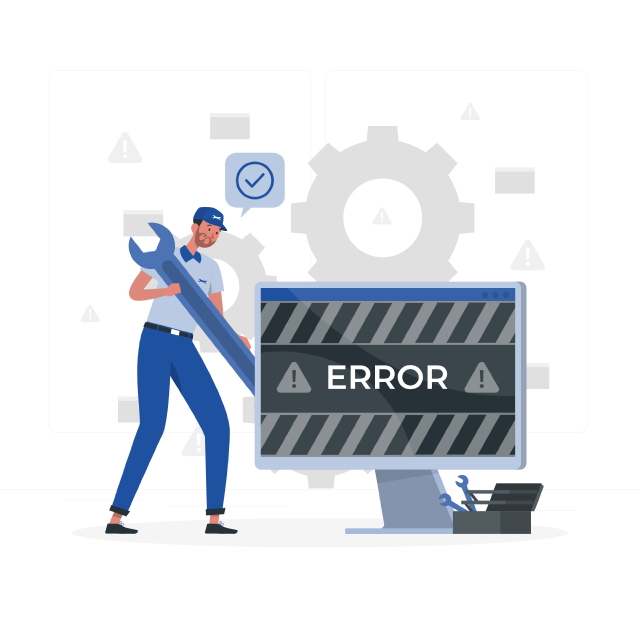In our R&D org, user research is one of our most powerful tools for building products that genuinely help people. But as our teams grow, we’ve noticed a wide variety of research approaches and experience levels—which can lead to mixed results. After reviewing recent research cycles across teams, we identified a few common patterns that often cause teams to stall or miss the mark.
Let’s take a look at what we found—and how a new, lightweight template can help.
What We’ve Observed
- Too Much Data, Too Little Clarity: Many teams are collecting a high volume of data—but are left with diluted insights and unclear themes.
🧠 Why? Inconsistent participant profiles cast too wide of a net.
- Research That Never Ends: Discovery efforts stretch far longer than intended.
🧠 Why? Teams don’t always know when they’ve done enough research to move forward.
- Reactive but Not Rooted: Teams often act on user feedback—but still miss core assumptions or the real problem.
🧠 Why? Evaluative methods (like usability testing) are overused when generative methods (like interviews or journey mapping) would be better suited.
- User-Centered but Not Business-Aligned: In some cases, teams implement solutions that users appreciate—but which don’t support business priorities.
🧠 Why? Research isn’t always clearly tied to a business goal.
While every team’s needs are different, these issues often stem from the same root cause: a lack of upfront clarity and alignment. That’s where the User Research Plan Template comes in.
A Lightweight Framework for Smarter Research
Our new User Research Plan Template helps teams plan research with more intention and alignment. It ensures your study is rooted in a business goal, guided by a clear research objective, and structured around meaningful questions. Here’s how it works:
-
Business Goal - start with the “why.” What is the broader business outcome you’re trying to support? How will this research effort contribute to it?
-
Learning Objectives - what are you trying to learn? What decision will this research help you make? A good learning objective is specific and actionable.
- ✅ Good Example: understand the factors that slow down homeowners during the process of customizing their insurance quote.
→ This is focused, informs participant selection, and leads to clear next steps.
- ❌ Less Effective Example: understand how intuitive it is to customize a quote on our site.
→ This is vague and hard to measure or act on.
- Research Questions - what unknowns do you want to explore? These questions aren’t for users—they’re for the team to answer through research.
-
✅ Good Examples: were users able to use the price calculator to generate a quote? Can users navigate the purchase flow successfully?
-
❌ Less Effective Example: do they like the website?
→ This is too broad and subjective.
Why This Matters
When you clarify these three elements before you start, everything else becomes easier:
- Identify the right participants
- Choose the right research method
- Align on timelines and success criteria
- Communicate with stakeholders
- Know when to stop
In Summary
User research doesn’t have to be heavyweight or slow. With the right structure, it can be focused, fast, and deeply impactful. The new User Research Plan Template helps us do just that—by grounding our efforts in business goals, guiding us with clear objectives, and ensuring our questions lead to confident decisions.
Let’s build better, together—by learning what really matters.



